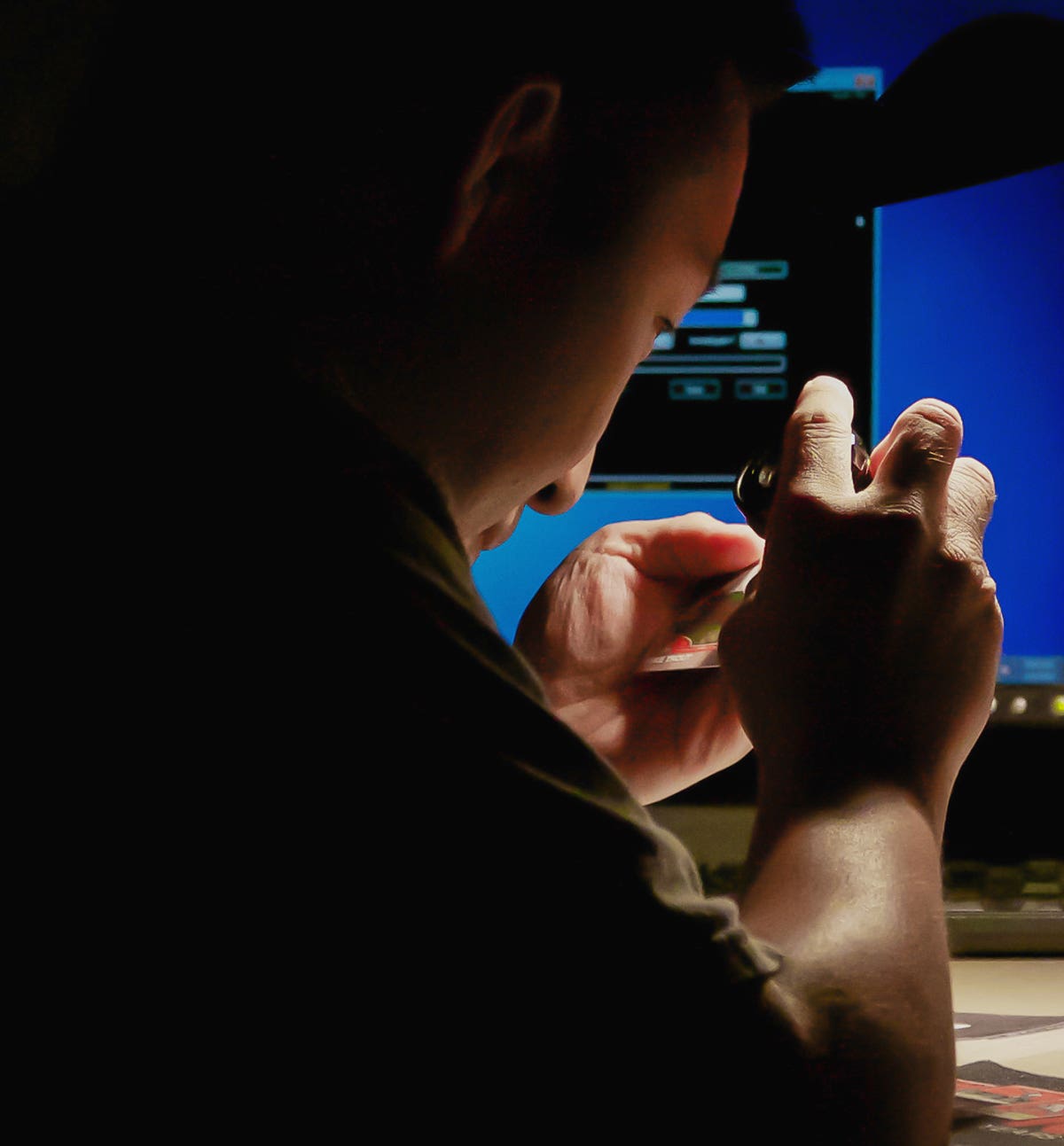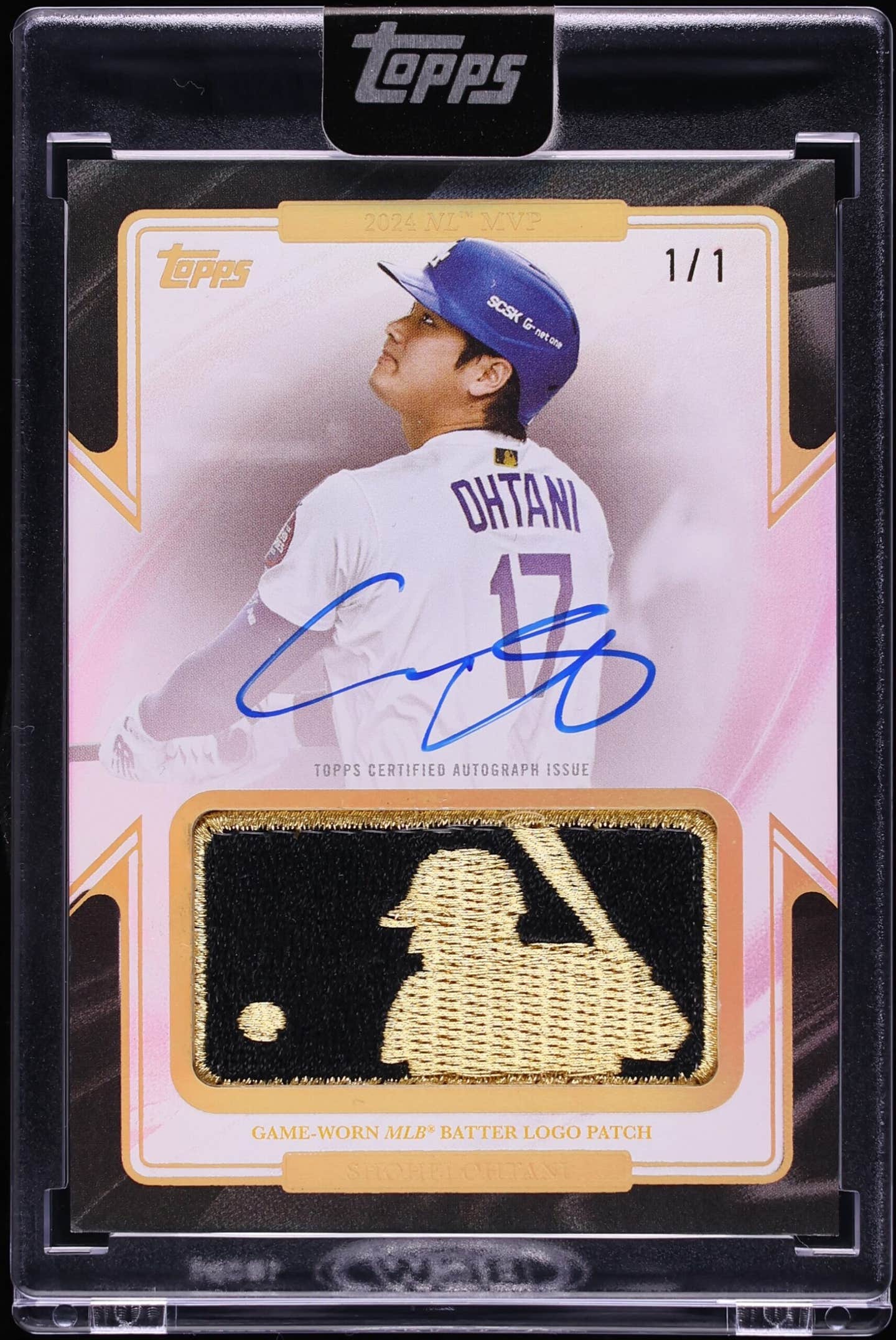News
Did ESPN misquote Wagner card paper expert?
For those of you who still haven’t seen either the HBO “Real Sports” or ESPN “Outside the Lines” episodes that each featured a story about the same Honus Wagner T206 card owned by trucker and former R&B keyboardist John Cobb, you either live under a rock or are able to avoid this type of absurd sensationalistic journalism, which is almost equally as silly as reality television or “Deal or No Deal.”
In short, Cobb purchased the card from an estate sale in 1984, and despite the majority of hobby experts he’s turned to for help who have advised him that his card is fake, Cobb still insists in trying to prove that it’s real, and during his research, he has brought along HBO and ESPN for the fantasy ride.
I want to make one thing clear, I never thought Cobb’s card was authentic. In fact, I’ve seen the exact same type of Honus reprint, time and time again. You know the one. The one that has the improper cut edges, the incorrect font style on the front and the fake surface wear. However, there was one thing that confused me, and also confused a lot of the people in the hobby I talked to who also saw the episodes that featured Cobb’s card. How was it that the fiber expert Cobb brought the card to claim the card stock was consistent with paper from the early 1900s?
In fact, the following statement was made on “Outside the Lines:”
“They (Cobb and his cousin) turned to science to help validate their card. In 2003, the two men drove to Appleton, Wis., to have the card examined by Walter Rantanen, a fiber expert at Integrated Paper Services, Rantanen concluded the card’s paper stock dated to before 1921.”
I called Rantanen and he told me that various reports of his analysis were wrong, including the information on “Outside the Lines.”
“They have said I had dated it to that time period (1921), but what I had done is said that it could have possibly been in that time period,” said Rantanen. It could also be later than that,” he added.
I then asked him if the card could have been produced in the 1970s or 1980s.
“I guess it could be, yeah. The fiber types were used over a very long period of time, that were in that card,” Rantanen added. “It could be (from the early 1900s). We couldn’t find anything that would say that it could not be from that time, so it left open the possibility that it could have been.”
I added the question and asked him if it could have been produced in the 1960s, 1970s or 1980s.
Rantanen said, “Yes.”
That, to me, seems a little more likely.
For the complete Walter Rantanen audio interview that Chris Nerat conducted for his blog, Gavel Chat, go to: gavelchat.sportscollectorsdigest.com








